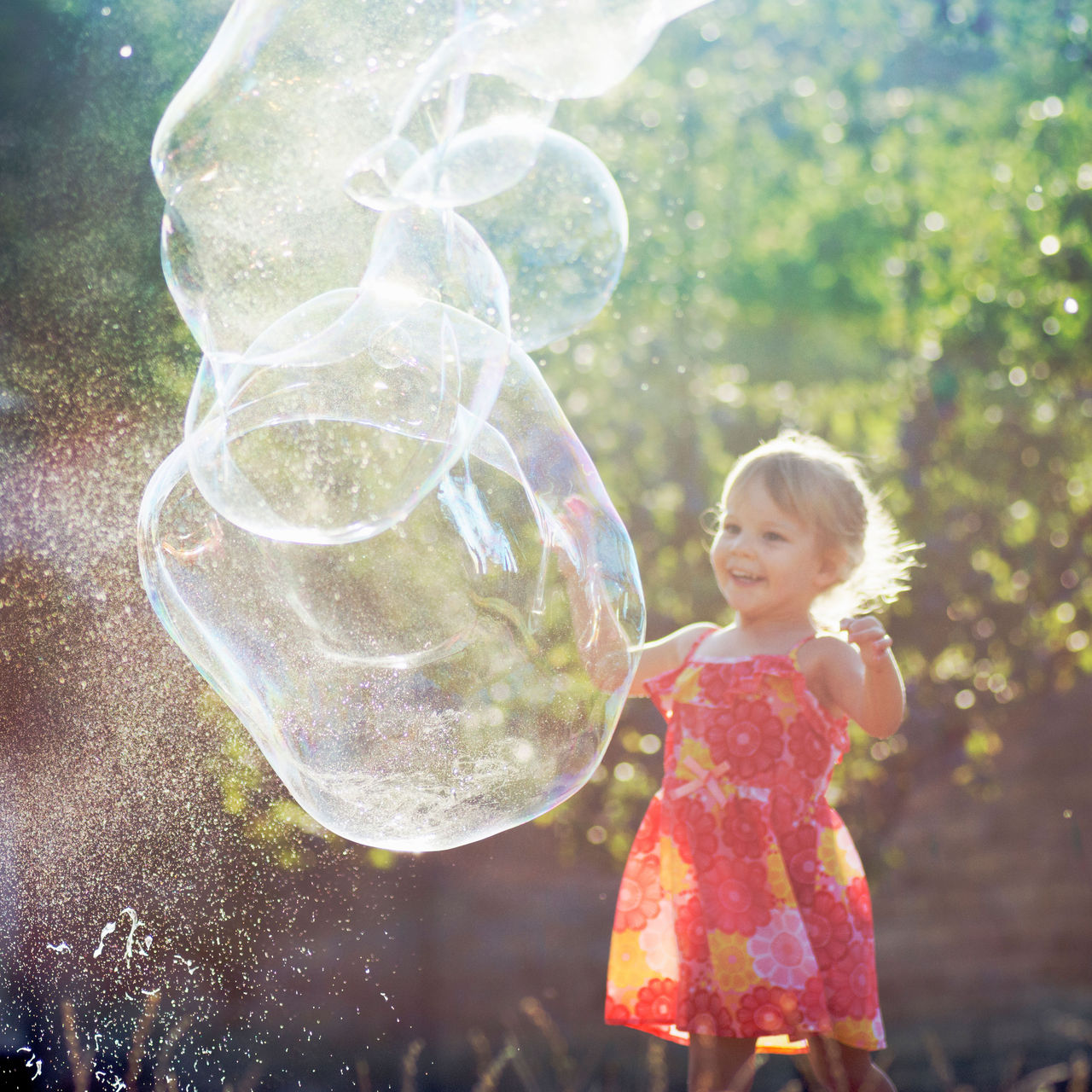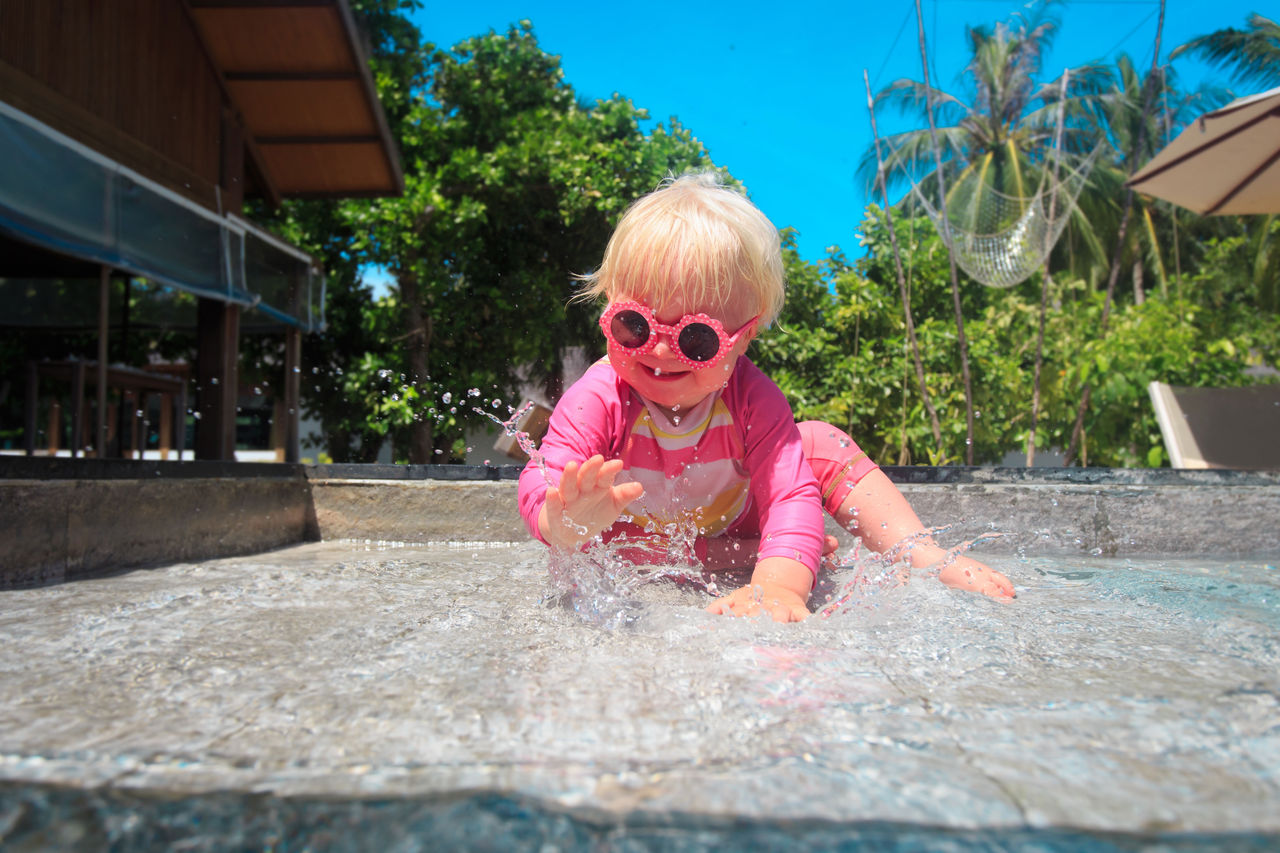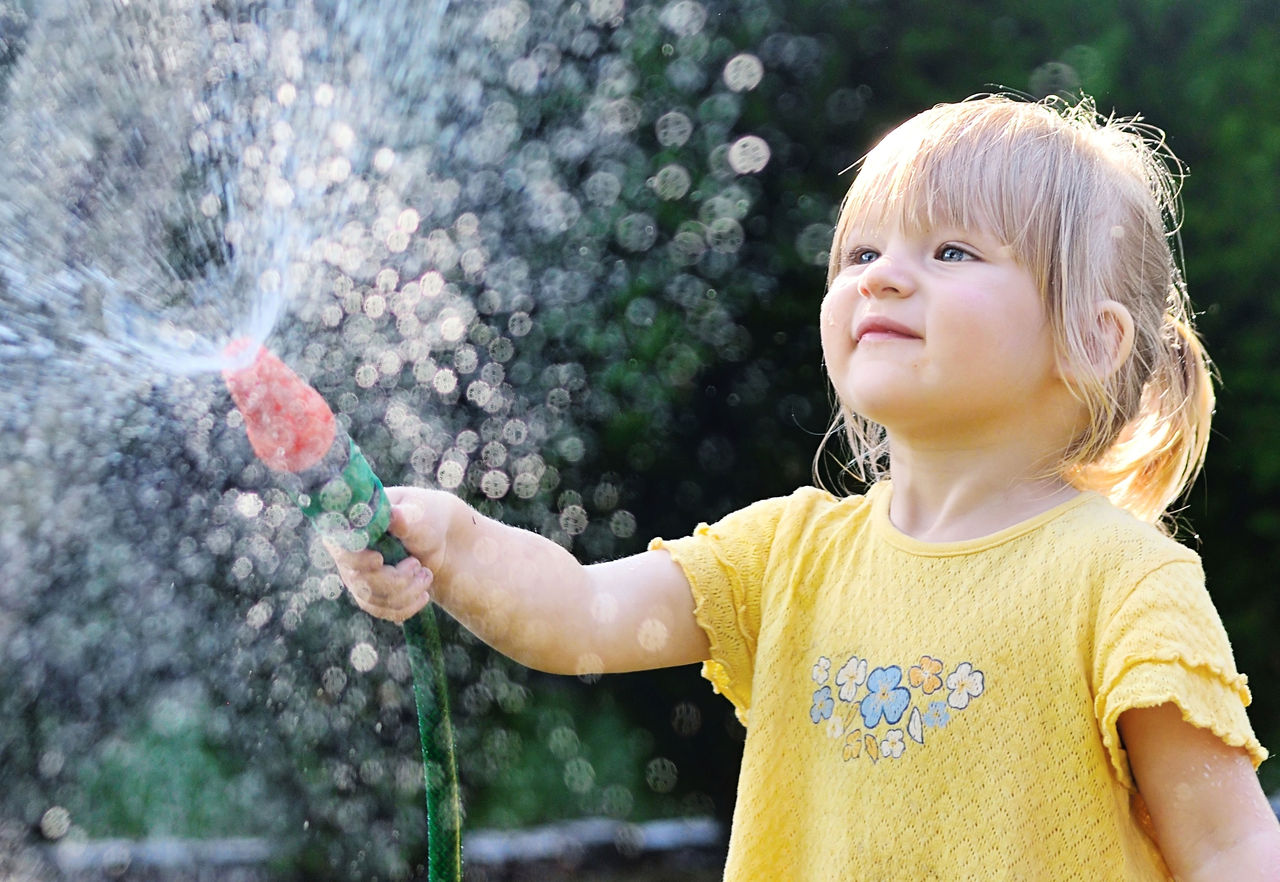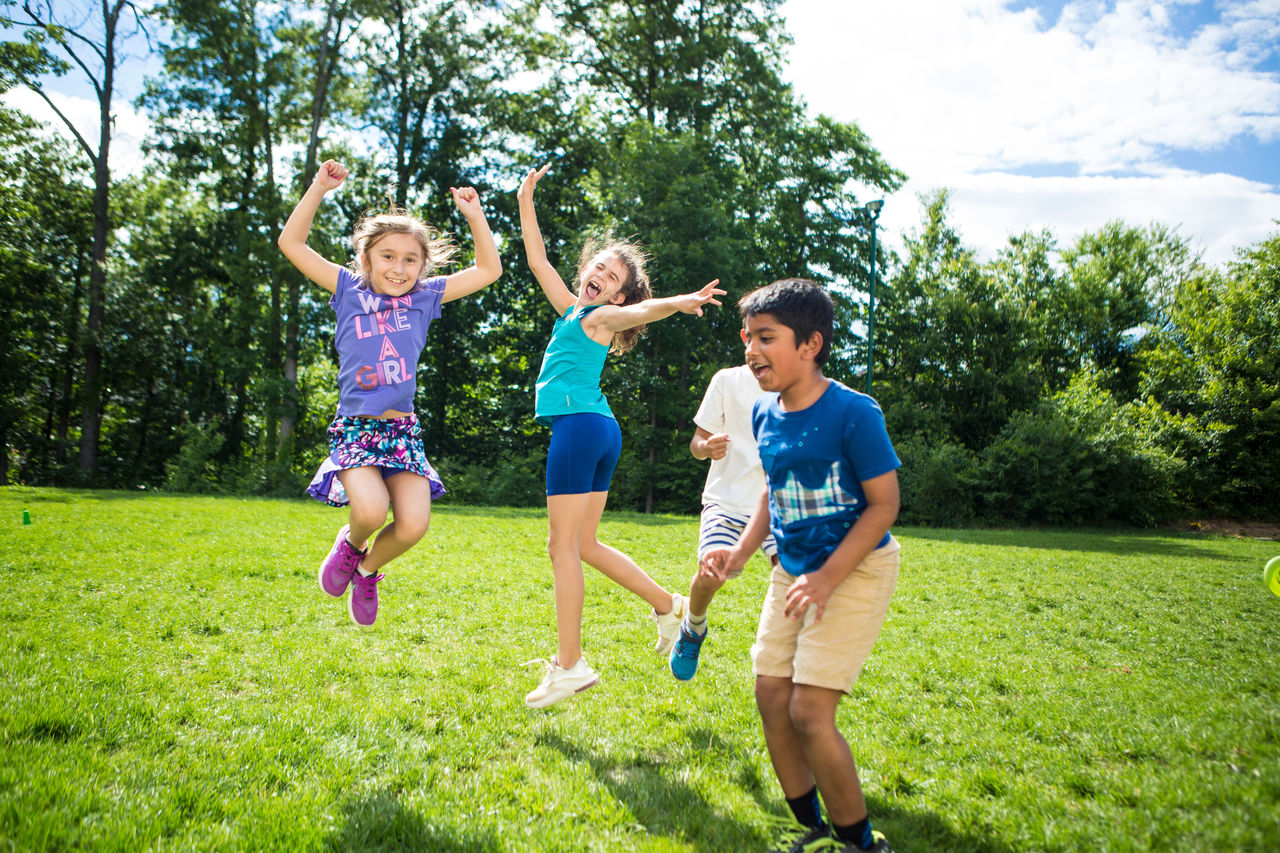As children grow, a natural part of their development is the desire to explore the world around them. Outdoor play enables children to connect with their environment, and providing opportunities for children to participate in outdoor activities can benefit them tremendously both in the short and long term.
Benefits of Outdoor Play for Preschoolers
Outdoor play is an important aspect of early childhood development. Not only does outdoor play present hands-on learning opportunities, but time spent outdoors allows them to exert energy while engaging with nature. Outdoor play provides children with physical, intellectual, mental health and social-emotional benefits in a multitude of ways.
- Physical Development
Preschoolers who engage in outdoor play improve fine and gross motor skills and learn spatial awareness and balance. Physical activity, like running, jumping and climbing, is not only great for physical health, but can also improve concentration, mood and sleep. - Cognitive Development
Access to outdoor play promotes cognitive development in preschoolers, providing them with space to reinforce what they’ve learned during classroom hours. They can engage with the world around them, observing and interacting with plants and animals, weather and natural materials. Playing outdoors also paves the way for children to use their imaginations and creativity. - Social and Emotional Development
Children who play outside often experience many opportunities for social and emotional development. When children play together, they learn how to communicate, share and resolve conflicts when they arise.
Types of Outdoor Play Activities for Preschoolers
There are countless types of outdoor play that help strengthen children’s development, not to mention providing them with hours of fun. Four activities that have profound benefits on preschoolers include:
- Nature Exploration
Giving children the opportunity to explore nature is the perfect way to encourage them to explore their curiosity, promoting organic learning. Providing preschoolers with activities and sensory activities like bug hunting, bird watching and nature walks fosters learning and cultivates an understanding of the world around us as well as an appreciation for the environment. - Active Play
Active play is not only an endless source of fun, but it is vital to the physical development of preschoolers. Participating in activities like running, jumping, climbing and playing outdoor games encourages the development of gross motor skills, coordination and dexterity. - Art and Sensory Play
Art and sensory play are powerful ways to promote creativity and exploration in preschoolers. Through art play activities like painting, gardening and sculpting, children can build their fine motor skills and use their imaginations while expressing creativity. - Dramatic Play
One of the best ways to engage preschoolers’ imaginations, creativity and social development is through dramatic play. Children benefit socially, mentally and emotionally when given opportunities to explore different roles and scenarios through pretend play, playing with dolls or action figures or building forts and castles from cardboard boxes and other household materials.
Tips for Creating a Safe Outdoor Play Environment
When children are engaged in outdoor play, safety is key. There are a number of precautions parents can take to ensure a safe outdoor play environment for preschoolers.
- Supervision
Keeping a watchful eye on children playing outside is critical. An adult should always be present to supervise children’s activities, mind their safety and be prepared to step in if necessary. - Equipment Maintenance
Outdoor play is only as safe as the toys and equipment that children are using. Be sure to perform routine equipment maintenance on all play equipment, and remember to have it regularly inspected to avoid potential safety hazards, like rust, loose bolts and sharp edges. - Sun Safety
Getting outside and soaking up the sun is great way to get Vitamin D, but precautions need to be taken to protect your child’s skin. Preschoolers should always wear sunscreen with at least SPF 30 when playing outside, and they also wear hats and sunglasses whenever possible. Another sun safety tip is to schedule outdoor playtime during the early morning or late afternoon when the sun’s rays are less intense. - Water Safety
Children should always be supervised around water, even if it’s an inch, and should wear life jackets when necessary. Dress them in brightly colored bathing suits so that they’re easily visible in and out of the water. When pools are not in use make sure they’re properly fenced and secured.




